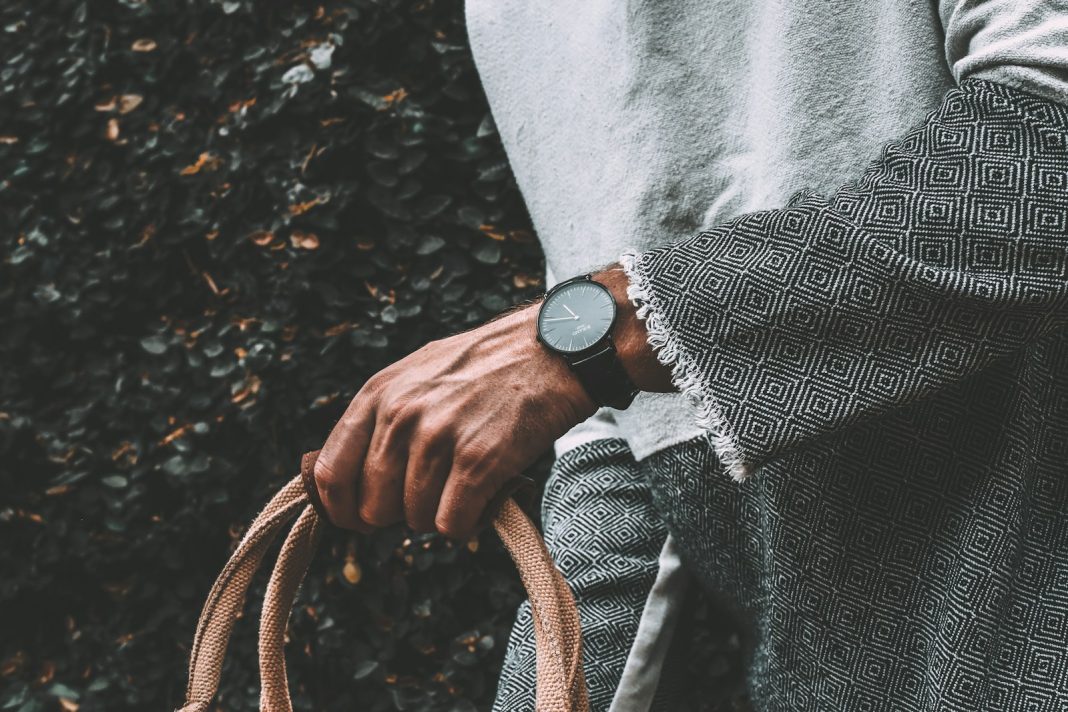In the ever-accelerating world of fashion, where trends are born and buried within a season, one movement has steadily grown roots—sustainability. Once a niche concern whispered in conscious consumer circles, sustainable fashion has now taken center stage, with bags—those daily essentials and status symbols—leading the charge. Today, a new generation of eco-friendly bags is proving that you don’t need to sacrifice style for sustainability. In fact, in 2025, the most fashionable choice is the most ethical one.
This essay explores how sustainable bags have evolved from hemp totes and canvas clutches into sophisticated, design-forward pieces that rival any luxury brand. We’ll look at the materials driving innovation, the designers pioneering the shift, and why these bags are no longer just alternatives—but must-haves for the conscious, style-savvy consumer.
The Evolution: From Utility to Luxury
The early days of eco-friendly bags were, let’s face it, rooted in function over form. Cotton totes bearing activist slogans or burlap grocery bags did the job—but hardly turned heads on the runway or at brunch.
Fast forward to now, and the landscape is dramatically different. Brands are fusing innovative materials with timeless design, creating bags that are not only kind to the planet but also luxurious in look and feel. These aren’t “just good enough for a farmer’s market”—they’re now spotted on red carpets, office desks, and even in high fashion editorials.
This transformation isn’t accidental. It reflects a broader cultural shift where sustainability is now synonymous with sophistication. Today’s consumers want ethics and aesthetics. They’re looking for pieces that reflect their values—without compromising their personal style.
Materials That Matter: Rethinking Waste as Luxury
At the heart of sustainable bag design is material innovation. The goal is clear: reduce harm, reuse waste, and rethink production. But the execution? Surprisingly chic.
- Apple Leather and Other Fruit-Based Fabrics
Made from apple waste—primarily skins and cores from the food industry—apple leather is soft, durable, and remarkably similar to animal leather. Brands like Sylven New York and Frumat are using it to craft minimalist totes and structured handbags that feel as luxe as their cowhide counterparts. - Recycled Plastics and Ocean Waste
Turning the world’s pollution into fashion treasure, many brands now utilize recycled PET bottles and discarded fishing nets to create sleek, waterproof bags. Companies like Rothy’s and Got Bag use these plastics to craft backpacks and crossbodies that are lightweight, modern, and remarkably sturdy. - Upcycled Fabric & Deadstock Materials
Instead of producing new materials, some designers rescue off-cuts, scraps, or deadstock fabrics destined for landfill. This practice not only reduces waste but gives each bag a unique story—no two are exactly the same. Brands like RE/DONE and FREITAG have perfected this art, turning truck tarpaulins and vintage jeans into functional, high-style pieces. - Plant-Based Fibers (Cactus, Pineapple, and Mushroom Leather)
Yes, your next statement clutch might be made from a cactus. Materials like Piñatex (pineapple leaf fiber), Desserto (cactus leather), and Mylo (mushroom-based) are becoming mainstream in the sustainable accessories world. They offer the flexibility of traditional leathers while being biodegradable and chemical-free.
Design Meets Purpose: Brands Leading the Movement
The aesthetic of eco-friendly bags has evolved, thanks in large part to a new wave of designers committed to crafting with conscience. These creators aren’t just reimagining materials—they’re redefining what elegance looks like in an eco-conscious age.
Stella McCartney, one of the earliest champions of sustainable luxury, continues to push boundaries with her mushroom leather Falabella bags.
Angela Roi, a cruelty-free handbag line, is loved for its clean lines, ethical sourcing, and rich, jewel-toned palettes.
Mashu, a UK-based brand, crafts bold, sculptural bags from Piñatex and recycled wood, channeling both artistry and eco-responsibility.
Behno, focusing on ethical labor as much as eco-materials, creates timeless silhouettes while ensuring fair wages and safe factory conditions.
These brands prove that sustainable does not mean simple—it means thoughtful, curated, and forward-thinking.
Why Consumers Are Making the Switch
In 2025, choosing an eco-friendly bag is no longer a fringe decision—it’s increasingly the default for informed consumers. Why? Because today’s shopper isn’t just buying a bag—they’re buying into a narrative, a set of values, and a belief that what we wear should support a better world.
Key motivations include:
- Environmental Consciousness
Climate change and waste pollution are no longer abstract issues. From microplastics in oceans to landfills overflowing with fast fashion discards, the urgency is real. Consumers want to reduce their footprint, and choosing a sustainable bag is a practical, stylish step forward. - Social Responsibility
Ethical production—fair wages, safe working conditions, and supply chain transparency—are non-negotiables for many buyers. Supporting brands that prioritize people, not just profit, is a core reason many are ditching mass-produced bags. - Long-Term Value
Sustainable bags are often built to last, using higher-quality craftsmanship and durable materials. Though the price point may be slightly higher, cost-per-wear is dramatically lower than with fast fashion accessories. - Individuality
Limited runs, upcycled fabrics, and handmade techniques mean sustainable bags often carry a unique fingerprint. In a world flooded with identical influencer picks, this distinctiveness is powerful.
Beyond the Bag: What Makes a Brand Truly Sustainable?
As eco-fashion gains traction, greenwashing—the practice of falsely marketing something as environmentally friendly—has become a real concern. A beautiful bag made from cactus leather doesn’t mean much if it’s produced in unethical factories or packaged in plastic.
A truly sustainable bag brand considers:
Transparency: Is the supply chain traceable?
Packaging: Are shipping materials biodegradable or recyclable?
Labor: Are workers paid fairly and protected?
Longevity: Is the bag designed to last, not just look good for a season?
Circularity: Does the brand offer take-back programs or repairs?
The most forward-thinking companies are now adopting circular design principles—ensuring their products are not only made responsibly but can also be repurposed, repaired, or recycled after their lifecycle.
Styling Sustainable Bags in Everyday Life
Eco-friendly bags are as versatile as they are virtuous. Whether you lean classic, edgy, or boho, there’s a sustainable bag for you.
The Professional: A structured Piñatex tote in a neutral hue adds polish to office attire without compromising principles.
The Minimalist: Choose a sleek, recycled nylon crossbody for urban errands or café meetups—form and function in one.
The Artist: An upcycled denim satchel or patchwork fabric backpack becomes a conversation starter and fashion statement.
The Traveler: Look for water-resistant, recycled-plastic backpacks with smart compartments and earthy tones.
Sustainable bags, in this sense, do more than carry your things—they carry your values into the world, visibly and confidently.
The Future Is Carried Lightly
As we move deeper into this decade, it’s clear that sustainability is no longer a seasonal trend or marketing buzzword. It’s a foundational ethos, reshaping how fashion is created, consumed, and celebrated.
Eco-friendly bags are not just accessories—they are symbols of transition, of moving toward a future where ethics and elegance coexist beautifully. Every time you sling a cactus-leather satchel over your shoulder or reach for a tote made from repurposed sails, you participate in a quiet, powerful revolution—one built on respect for the planet and a love for enduring design.
In a world that’s learning to carry less but mean more, these bags are leading the way.



